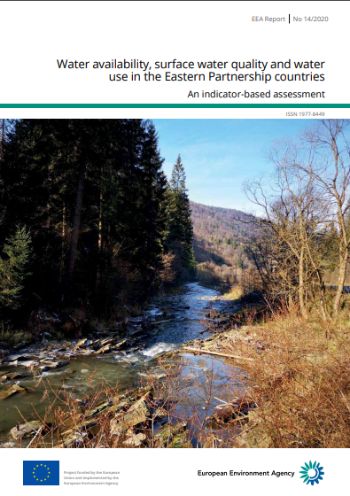EEA warns EU's Eastern partnership countries face problems with water scarcity and pollution
- November 5, 2020
- Posted by: Elaine Coles
- Category: Environmental, Reports, Water Issues, Europe

Freshwater resources are unevenly distributed throughout the European Union’s (EU) six Eastern Partnership countries — Armenia, Azerbaijan, Belarus, Georgia, Moldova and Ukraine — according to a new report published by the European Environment Agency.
The EEA report presents an assessment of freshwater availability and water-use efficiency in the region.
‘Water availability, surface water quality and water use in the Eastern Partnership countries’ presents regional information and assessment based on environmental indicators for water. The report is one of the results of the project on implementing Shared Environmental Information System (SEIS) principles in the Eastern Partnership countries.
According to the EEA report, renewable freshwater resources vary considerably in the region, ranging from 12 000 m3 per capita in Georgia to about 1 800 m3 per capita in Moldova and Azerbaijan where water scarcity has been a problem over the past two decades.
Water pollution is not a new problem in the region but it will be exacerbated in the future by intensified agriculture and industrialisation and urbanisation, particularly if these developments are not supported by improved wastewater treatment, the EEA report warns.
The main problem in the region’s rivers is the high concentrations of ammonium (NH4) and phosphate, caused by discharges of untreated or insufficiently treated wastewater and by agriculture.
Click here to download Water availability, surface water quality and water use in the Eastern Partnership countries
